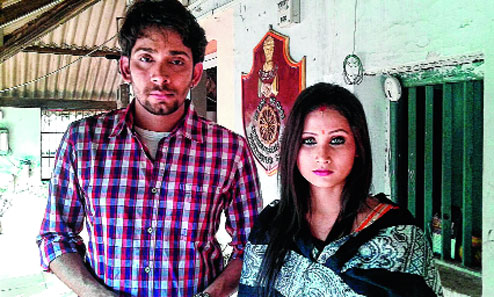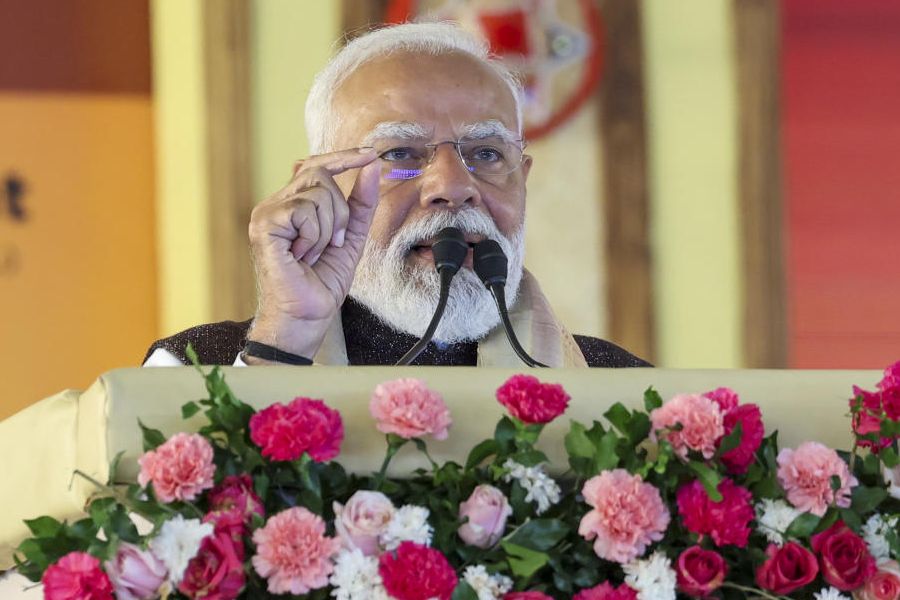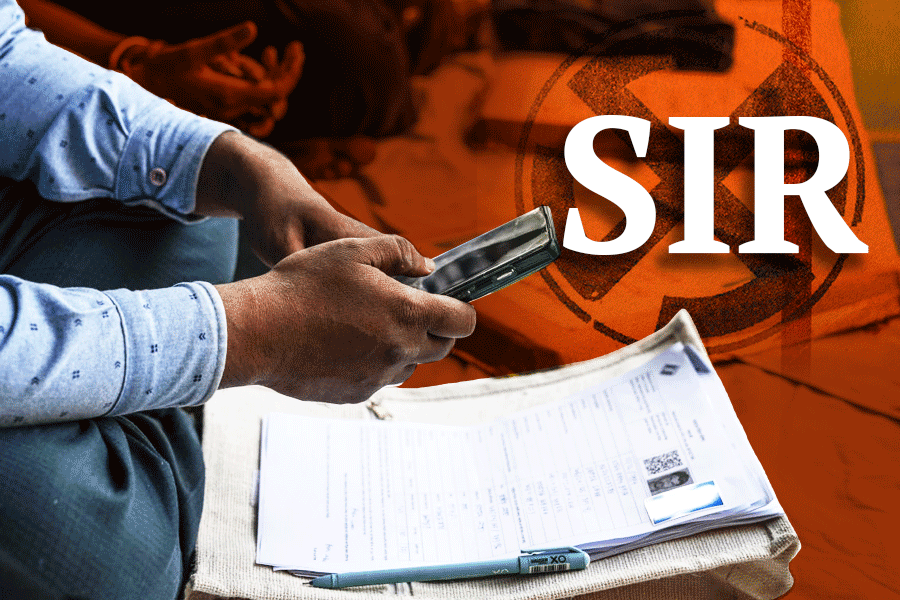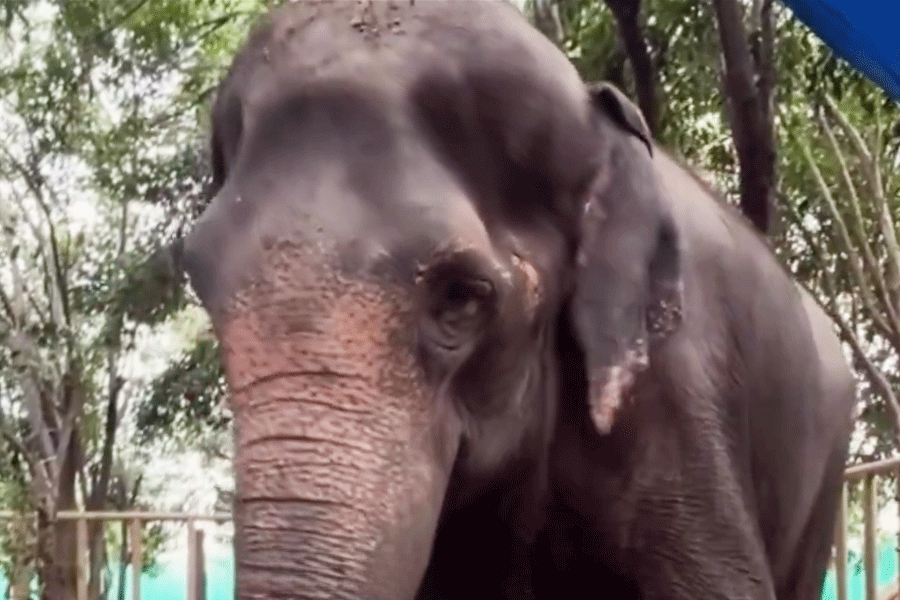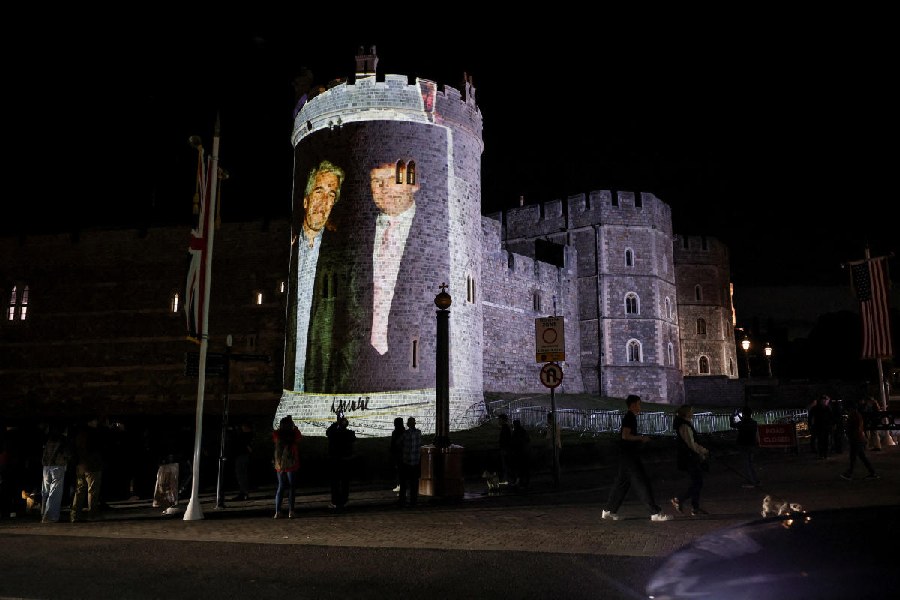In 1953, a 27-year-old Kelucharan Mohapatra (picture below) was more than happy to teach a new step to his young disciples and move ahead to fulfil his dream of making Odissi recognised as a popular classical dance form.

Mohapatra gladly trained young dancers, who later became great exponents of Odissi. For a meagre monthly fee for Rs 5, he taught them the intricacies of Odissi. For him, the money was not important — the objective of taking Odissi to the next level was his foremost dream. In those times, there were no Odissi institutes and only a handful of dance teachers to nurture the form. Three decades later in 1982, World Dance Day was observed in Bhubaneswar for the first time on April 29.
Cut to 2015, it has been three decades since the first World Dance Day was celebrated. Bhubaneswar, itself, has at least 100 small and big Odissi institutes, and the state is known as the land that presented Odissi to the world. Calcutta, Delhi, Bangalore and Mumbai have all become major centres of the dance form. Artistes in at least 20 countries learn the classical dance with immense passion with USA housing about 30 centres that impart training in Odissi.
The world is fascinated with the art form that is deeply rooted in the Jagannath culture.
But, this is not the only change. As much as the dance has evolved in terms of costumes and concepts, it has also come up as a great profession for the performing art lovers. The state has about 1,000 artistes hailing from various backgrounds, and they perform at dance concerts and earn their livelihood.
For every performance, they get at the least Rs 2,000 and stage around five shows a month. These dancers have helped to establish Odissi as a bright career option, considering the fact that on imparting lessons even once a week, most charge anywhere between Rs 500 and Rs 1,000 in Odisha. The monthly income for an average 18-year-old Odissi dancer is around Rs 10,000. And this is for those dancers, who are not a part of various repertories or troupes that promote Odissi.
Well-known troupes such as Srjan, Odisha Dance Academy, Gunjan Dance Academy, Rudraksha and so on also have a repertory with 10 to 30 artistes, who are paid monthly salaries varying from Rs 3,000 to Rs 6,000 through the Union ministry of culture. The ministry gives financial assistance to performing art groups for a maximum of 25 artistes. These quality dancers also get better compensation for each performance and more so if it is a show abroad that happens quite frequently.
HOW IT ALL STARTED
The dance committee of Unesco’s International Theatre Institute has been celebrating World Dance Day since April 29, 1982. The day coincides with the birth anniversary of Jean-Georges Noverre (1727-1810), the creator of modern ballet.
Through this annual celebration, Unesco seeks to revel in the universality of this art form and break all political, cultural and ethnic barriers through the common language of dance.

The passion for learning Odissi has grown over the years. In many schools, dance lessons are imparted and at many institutes for about Rs 300 per month across the state. In Delhi, Mumbai or Bangalore, the monthly fee goes up to Rs 1,000 or more per student. For foreigners, Odissi classes in Odisha come at Rs 300 per hour, which sums up to Rs 9,000 per month. Some also train at a monthly fee of Rs 5,000. For classes conducted abroad, the fee could be anywhere between Rs 30,000 and Rs 50,000 a month.
The training apart, the art form is also evolving continuously. From experimenting with costumes to props or the use of visuals and light effects or even strongly visible elements of folk, ballet or contemporary dance forms, choreographers are trying fusion and some neo-concepts every now and then. The purists, however, do not seem to like the idea much.
“Overall, well-trained dancers and good music are the most important elements for a choreography to come out well. We get constant feedback from viewers. At times they say the sequence did not look good on stage due to the music that sounded non-Odissi or the experimental jewellery or costumes,” said Aruna Mohanty, who is at present performing in Singapore.
“The performance has to be an assimilation of technique, grace, feeling, music, costumes and even accessories. Other parameters that play a key role are usage of space by the performer, position of sound boxes in the hall, lights, narrators and the right props used for the sequence. These elements accentuate the composition. These must be discussed between dancers and teachers at seminars or workshops, so that all of us who are ignorant in one way or the other can learn and make good choreographies. We must keep our minds open for the light of knowledge to reach us,” said Aruna.

